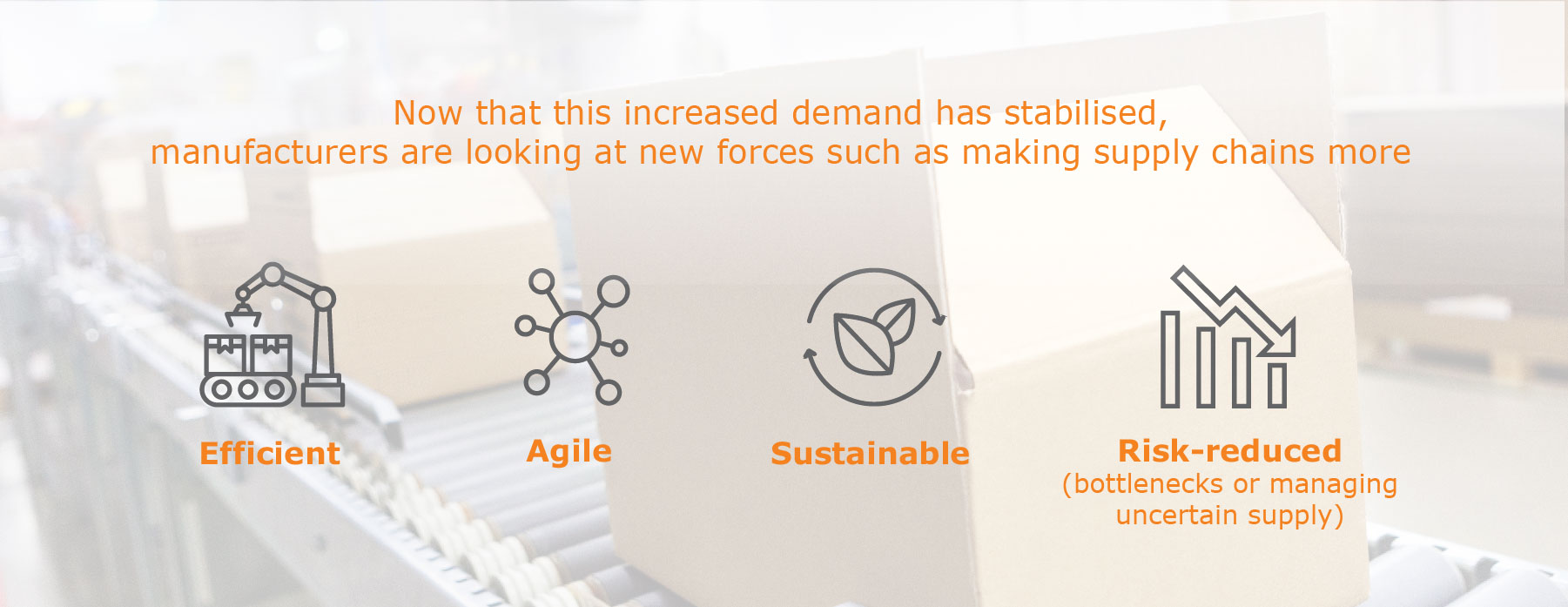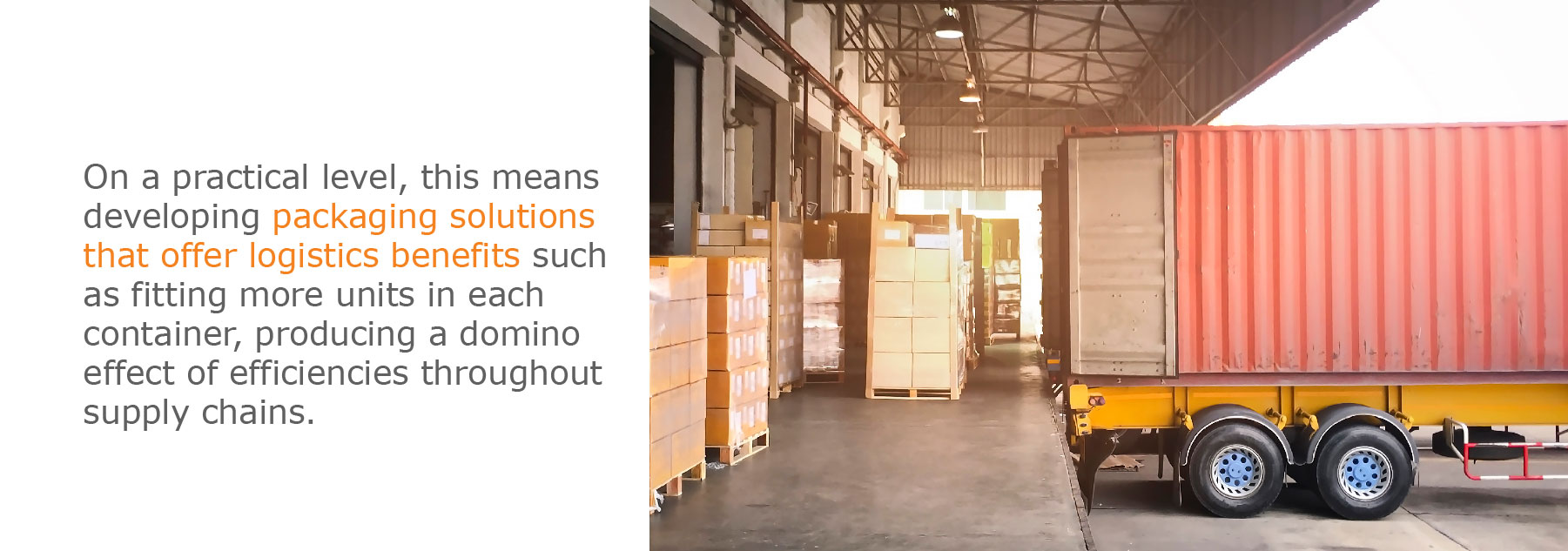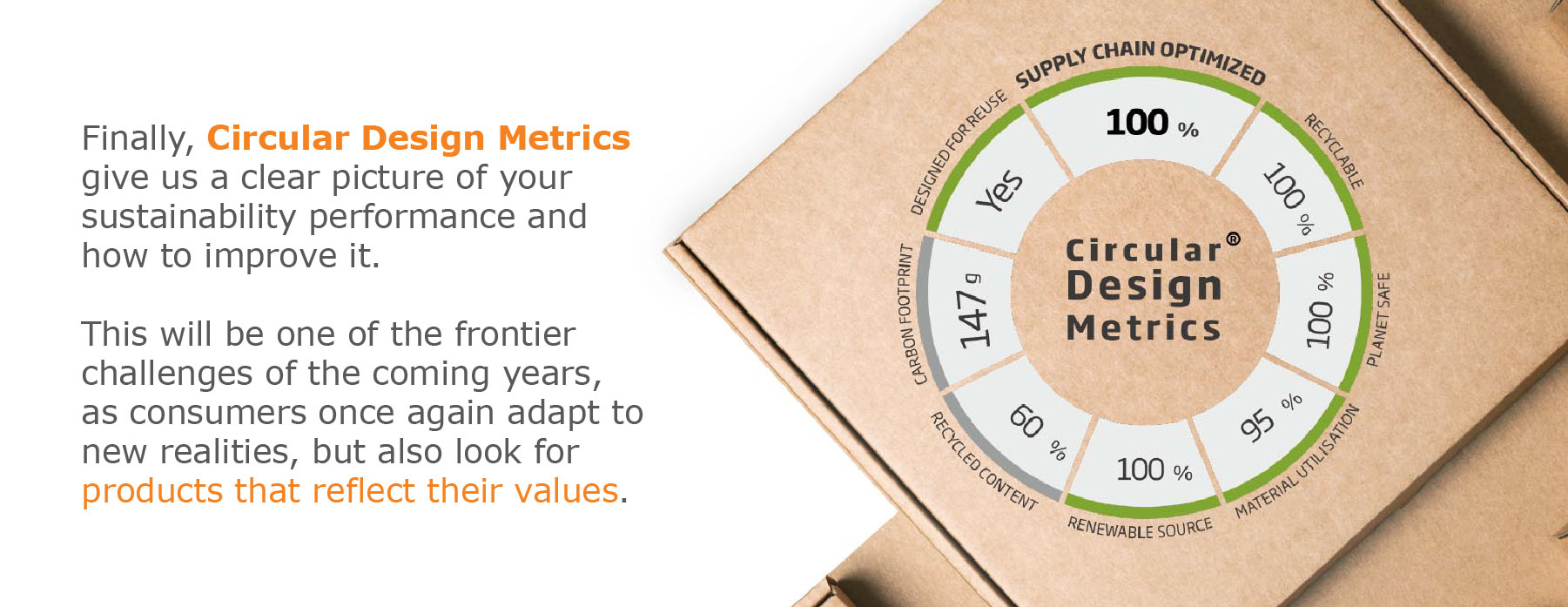Homecare
Homecare manufacturers came under pressure to keep supplies moving in reaction to increased demand during COVID lockdowns. Today, a focus on innovative packaging could help address risks, optimise supply chains and reduce carbon footprints.
Homecare categories such as disinfectants, anti-bacterial sprays and laundry experienced an explosion in demand since the emergence of Covid-19 , reflecting new realities in working and home living
This caused problems for many FMCG/CPG manufacturers over the past three years, who had to respond to increased demand and flex their supply chains in order to keep products flowing to consumers.

Geographical coverage
Supply chains will continue to be under extreme pressure for the foreseeable future, but now is the time to address risks, efficiencies and carbon reduction in tandem. All this can be achieved through improved packaging.
Major FMCG manufacturers need partnerships that reflect their own geographical coverage and supply chains.

Making crossings or truck journeys more efficient triggers multiple benefits. It means spending more on packaging for greater overall savings.
Synergistic benefits
Packaging is often thought about in a linear way – procured, used and disposed of, often at a low cost. While the initial outlay may be low, the waste will be high and efficiencies patchy or non-existent.
It does not have to be this way.
Solutions tailored to your business make packaging an enabler of greater efficiency and a way to begin circular economy thinking, but suppliers have to match your geographical coverage otherwise scaled benefits are lost. DS Smith’s pan-European production means product quality can be maintained more easily and production react more quickly.
DS Smith has invested heavily in capacity across Europe in order to make these kinds of efficiencies a reality and so can quickly adapt to changes in supply and demand.
In addition, breakthroughs in the cardboard designs mean plastic can be largely eliminated from supply chains, whether this is in B2B, instore or to the home of the consumer. The journey from raw material to factory to end-use can be fundamentally more efficient.

Read the report to discover how to reduce your carbon footprint while increasing supply chain efficiency:
